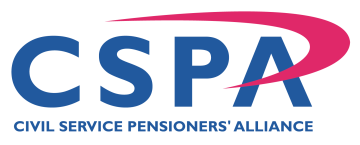The Communications and Digital Committee has published a report on Digital Exclusion which found that the Government has “no credible plan” to tackle digital exclusion, despite its aim to be a leader of AI regulation internationally.
The Committee has called for a new government strategy to include the following points:
-
- Urgent action to help with the cost of living crisis: This should include scrapping VAT on social internet tariffs to reduce the cost, and working with the private sector to scale up internet voucher schemes. The Government should make public sector organisations donate old devices to digital inclusion projects, and encourage the private sector to do the same.
-
- Investment in basic skills: the most basic digital skills are now as important as maths and literacy. They should feature more prominently in schools, apprenticeships and adult learning courses. The focus should be on basic skills, not coding.
-
- Boosting digital inclusion hubs: There is inadequate support for community based digital inclusion hubs. The Government should support libraries and other community venues to take a bigger role in supporting digital inclusion.
-
- Future-proofing public services: the Government must review the increasing use of predictive machine-learning tools in public services to ensure the digitally excluded do not face further marginalisation due to poor representation in the datasets used to inform decision making.
Chair of the Committee, Baroness Stowell Beeston said, “We need to ensure everyone and all age groups have the digital skills they need to operate and the opportunities to keep developing those skills as technologies change.”
CSPA Acting General Secretary David Luxton said: “ The House of Commons report highlights the growing divide between those who can easily access local services online, and those older people who have not got internet access and who are digitally excluded from day to day contact with service providers. Urgent action is needed by Government; Local Authorities; and internet providers, to ensure inclusion, including alternative means of contact to access services.”
Read the full report here.






